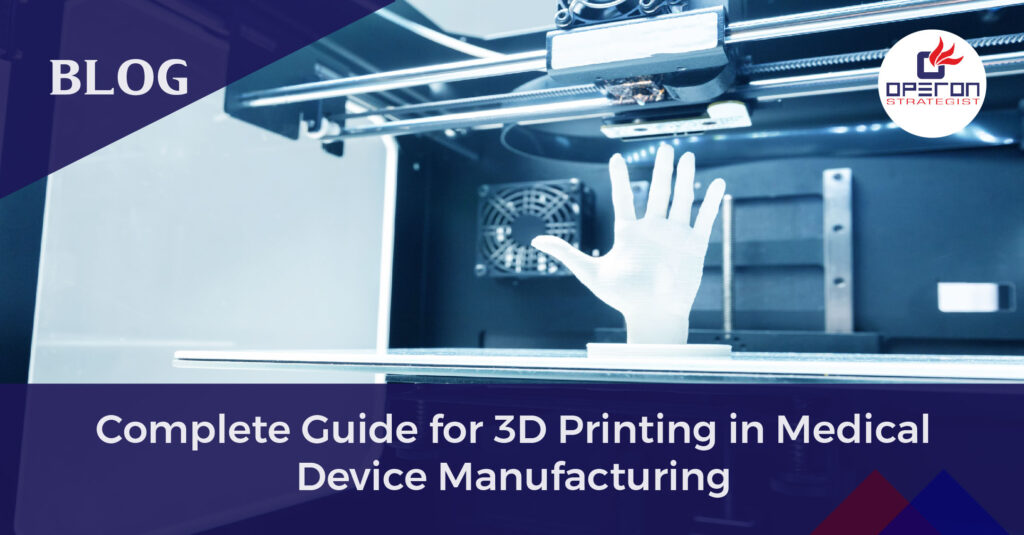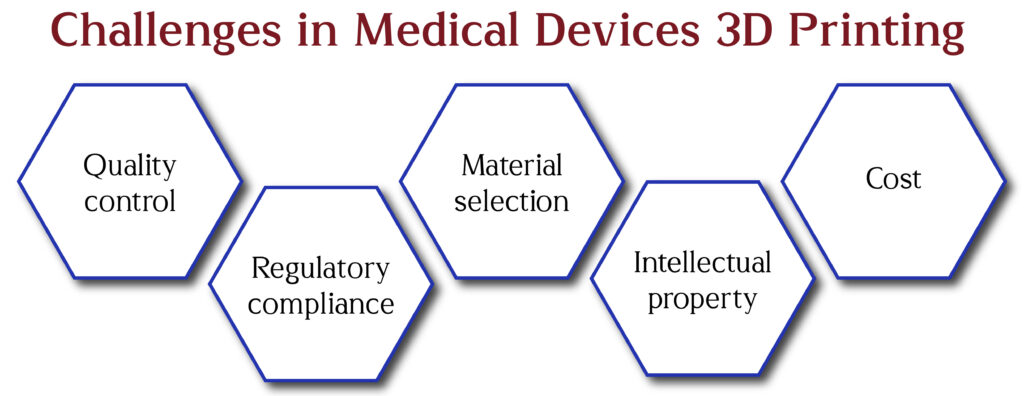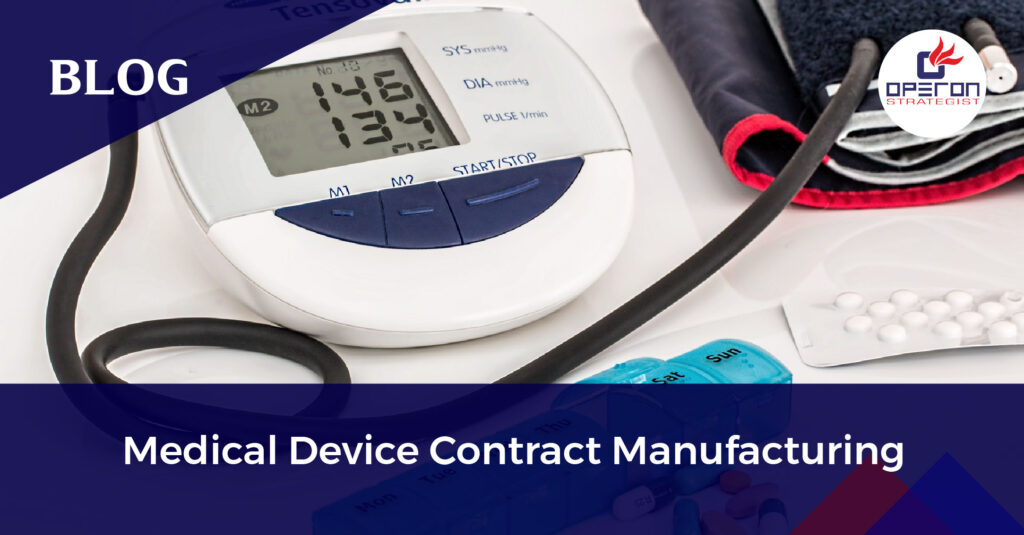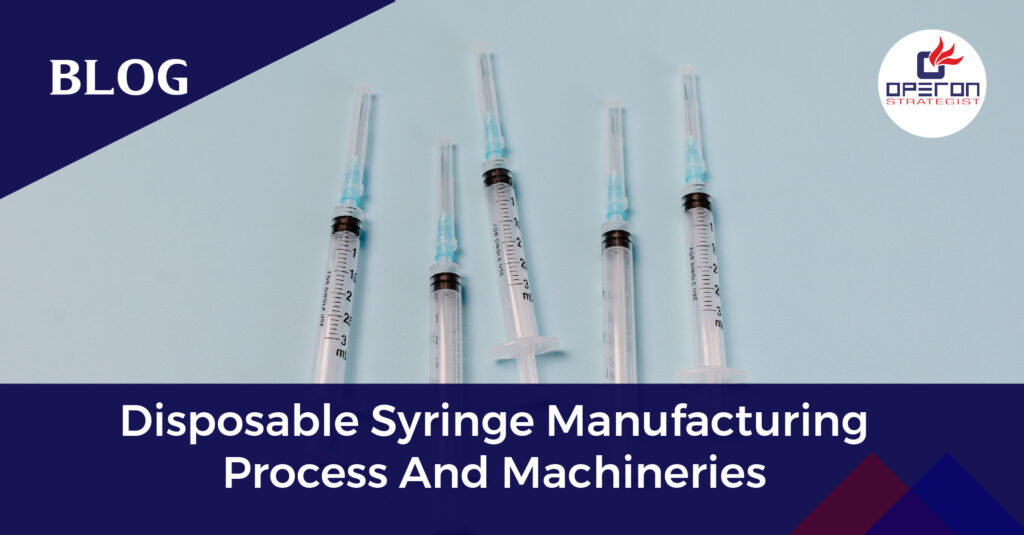What is 3D Printing in Medical Devices?
Medical 3D printing is a technology that involves creating three-dimensional objects, often using layers of materials, to produce custom medical devices, implants, anatomical models, and other healthcare-related components. It enables precise customization, rapid prototyping, and improved patient care in fields such as surgery, dentistry, and prosthetics.
3D Printing in Medical Device Manufacturing
3d printing in healthcare is a process that uses a computer-aided design (CAD) file to create three-dimensional objects.
3D printing medical equipment, also known as additive manufacturing, is a process of creating three-dimensional objects by layering materials such as plastic, metal, or ceramic.
3D printing has revolutionized various industries, including healthcare. The use of 3D printing in the medical devices field has grown in recent years, with many companies investing in 3D printing technology to produce medical equipment and supplies.
Need Assistance for 3D Printing Medical Device Manufacturing
Elevate your 3D printing medical device project with Operon Strategist. Contact us for regulatory compliance support, expert guidance on manufacturing plant layout design, and turnkey solutions for optimized manufacturing.
What is the Use of 3D Printing in Medical Device Manufacturing?
- The use of 3D printing in the manufacturing of medical devices has allowed for the creation of complex designs and customized products.
- Some of the medical devices that can be produced using 3D printing include prosthetics, 3d printed medical implants, 3d printed surgical instruments, dental restorations, hearing aids, and even human organs.
- 3D printing allows for the creation of these devices in a shorter time frame and at a lower cost than traditional manufacturing methods.
What are the Challenges in Medical Devices 3D Printing?
While 3D printing has brought significant benefits to the medical field, there are also several challenges that must be addressed. Here are some of the key challenges of medical 3D printing:
- Quality Control: Ensuring the quality and accuracy of 3D-printed medical devices can be challenging, particularly when it comes to complex or customized designs.
- Regulatory Compliance: The regulatory environment for 3D-printed medical devices is still evolving, and manufacturers must navigate a complex set of rules and guidelines to ensure compliance.
- Material Selection: Choosing the right materials for 3D printing medical devices can be difficult, particularly when it comes to ensuring biocompatibility and durability.
- Intellectual Property: As 3D printing technology becomes more widely available, there is a risk of intellectual property infringement, particularly when it comes to patented medical devices.
- Cost: While 3D printing can offer significant cost savings over traditional manufacturing methods, the initial investment in equipment and training can be significant, particularly for smaller manufacturers.
What is the Potential Growth of 3D Printing in Medical Device Manufacturing Industry?
- The potential growth of 3D printing in the medical device manufacturing industry is significant. With increasing demand for customized medical devices, 3D printing offers manufacturers the ability to create tailored solutions that are better suited to individual patients.
- Additionally, 3D printing enables the creation of more complex and intricate medical devices, which were previously impossible to produce using traditional manufacturing methods.
- 3D printing can also reduce manufacturing costs and improve efficiency, which is increasingly important in an industry with rising healthcare costs.
- As a result, 3D printing is expected to play an increasingly important role in the development of innovative new medical devices in the future.
What is the Regulatory Pathway for 3D Printed Medical Devices?
The established guidelines by various countries to produce 3D printed medical devices, which include the use of biocompatible materials, sterilization, and quality control. Additionally, medical device manufacturers must ensure that their 3D printed products meet the same safety and efficacy standards as traditionally manufactured devices.
Regulatory Pathway for 3D Printing in Medical Devices:
The regulatory pathway for 3D printed medical devices will follow the same general process as traditional medical devices, but with additional considerations related to the 3D printing process. Manufacturers will need to provide evidence that the 3D printed device is consistent and reproducible, and that the printing process does not introduce any unintended material properties or other issues that could affect the safety or effectiveness of the device.
Ready to Bring Innovative Ideas to Life With 3D Printing in Medical Devices Manufacturing?
How Can Operon Strategist Help you With 3D Printing in Medical Device Manufacturing?
Operon Strategist provides expert assistance in establishing 3D printing manufacturing units for medical devices. We excel in manufacturing plant layout design, project management, and ensuring relevant regulatory compliance for your medical devices. Contact us to bring your 3D printing medical device project to life.
FAQs
How is 3D printing being used in the healthcare industry?
In healthcare, 3D printing is used to create personalized surgical tools that match a patient's anatomy precisely. These tools improve the accuracy of procedures involving implants and restorative treatments, leading to better outcomes.
How is 3D printing used in manufacturing?
3D printing revolutionizes manufacturing by producing replacement parts for CNC machines (e.g., tooling, jigs, and assembly fixtures) and optimizing operations with tailored solutions for increased efficiency.
What is an example of medical 3D printing?
Medical 3D printing creates personalized items like joint replacements, cranial implants, and dental restorations. These can be made by big manufacturers or customized directly at the point of patient care, known as point-of-care manufacturing.

-
Operon Strategisthttps://operonstrategist.com/author/snehal/
-
Operon Strategisthttps://operonstrategist.com/author/snehal/
-
Operon Strategisthttps://operonstrategist.com/author/snehal/
-
Operon Strategisthttps://operonstrategist.com/author/snehal/





